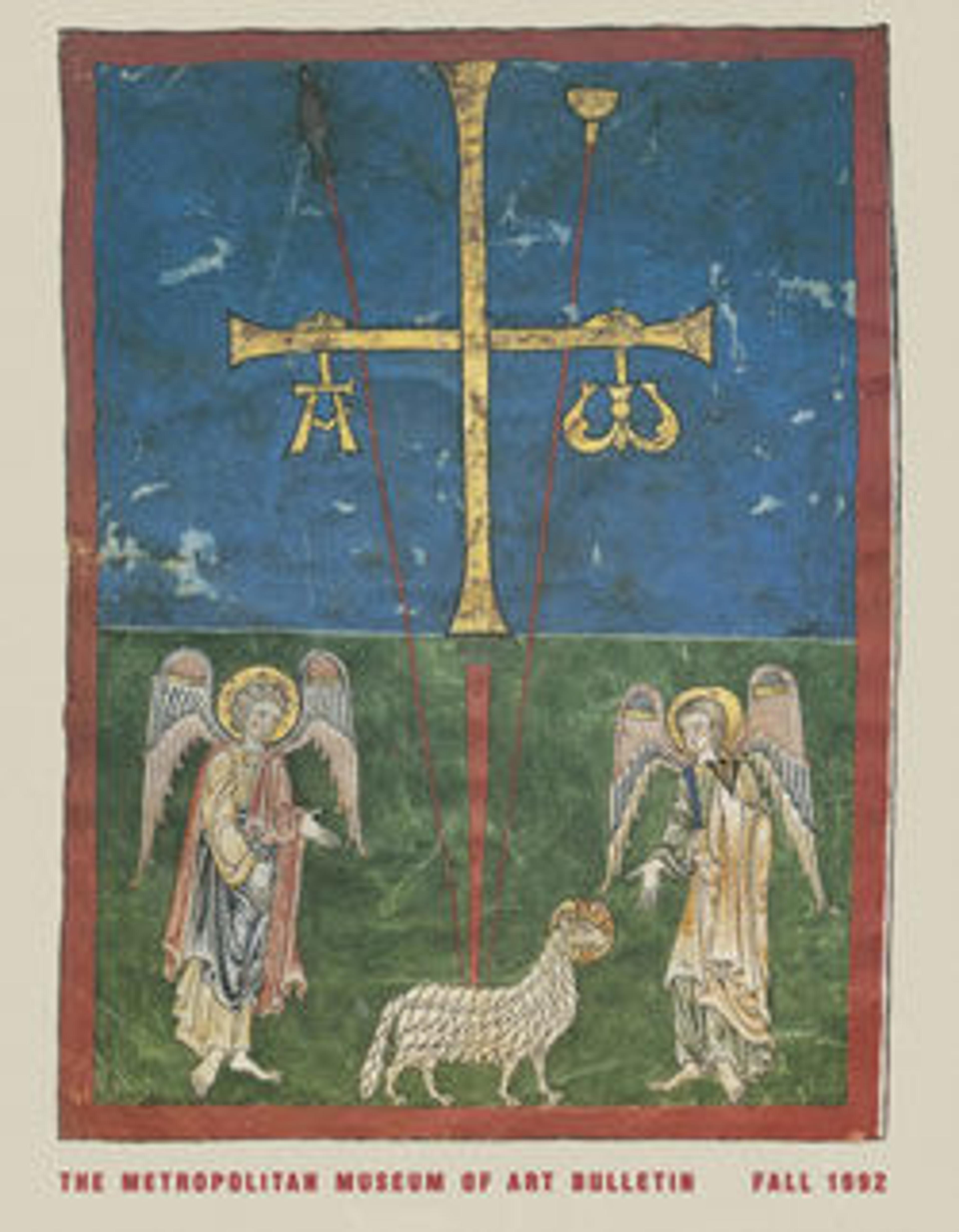Clock
In 1822 the highly inventive and successful Massachusetts clockmaker Simon Willard advertised that "the President of the United States has granted him a PATENT for his newly invented ALARUM TIMEPIECE that will run for 8 days with one winding, and keep exact time." Accompanying the newspaper advertisement was a wood engraving of a clock identical to this one, down to its ball feet and gilded brass appliqué on the octagonal base. Nowhere in the advertisement is the timepiece referred to as a "lighthouse clock," a name assigned to it at a later date on account of its shape. This example retains its original blown-glass dome with applied swirl decoration. The clock has a dummy bell and no alarm, however, indicating that the latter was optional.
Artwork Details
- Title:Clock
- Maker:Simon Willard (1753–1848)
- Date:1825–30
- Geography:Made in Roxbury, Massachusetts, United States
- Culture:American
- Medium:Mahogany, mahogany veneer, white pine, brass, glass
- Dimensions:29 1/2 x 10 1/4 x 10 1/4 in. (74.9 x 26 x 26 cm)
- Credit Line:Gift of Mary B. Walton, in memory of her husband, John S. Walton, 1991
- Object Number:1991.185
- Curatorial Department: The American Wing
More Artwork
Research Resources
The Met provides unparalleled resources for research and welcomes an international community of students and scholars. The Met's Open Access API is where creators and researchers can connect to the The Met collection. Open Access data and public domain images are available for unrestricted commercial and noncommercial use without permission or fee.
To request images under copyright and other restrictions, please use this Image Request form.
Feedback
We continue to research and examine historical and cultural context for objects in The Met collection. If you have comments or questions about this object record, please contact us using the form below. The Museum looks forward to receiving your comments.
